
Sightseeing Palmiry
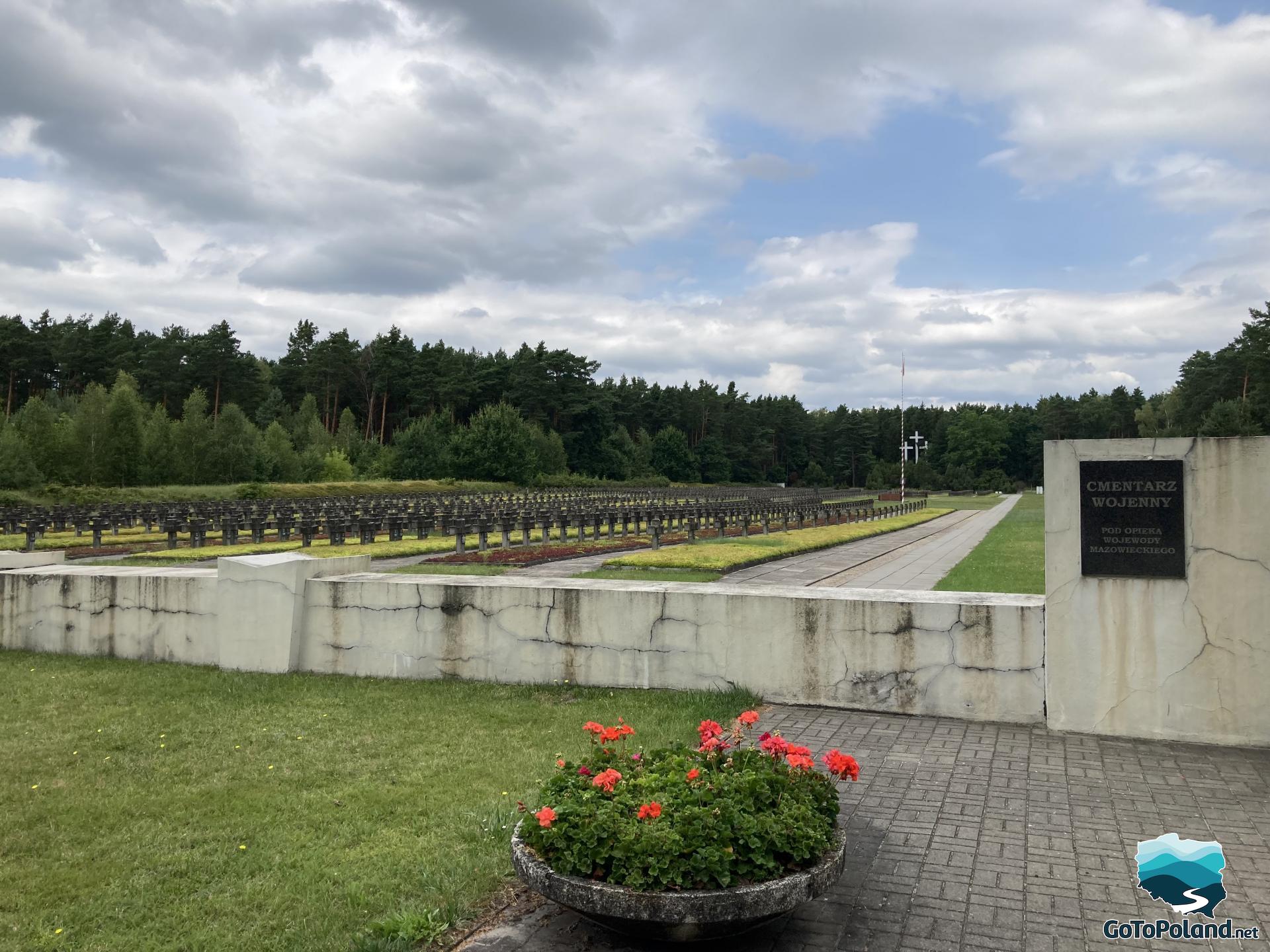
There is a small, idyllic village near Warsaw (less than 30 km from the capital of Poland) located on the edge of a beautiful forest but unfortunatelly Palmiry is known as a symbol of Nazi cruelty.
In June 1940, the Nazi army carried out the largest execution in Palmiry. The victims were not only Polish elites, but also those who were associated with the idea of the Polish state. The victims were brought in covered cars from the prison of the Security Police and the Security Service of the Warsaw District in Pawiak. Sometimes also from other Warsaw prisons. The crimes were committed in the mornings. The victims were lined up along the dug grave and the firing squad fired machine guns. Another groups were shot in the same place, and the corpses were stacked in several layers. Nearly 1,800 people died in the executions. The victims were lawyers, engineers, artists, teachers, doctors, military men, athletes, social and political activists, civil servants. One of the victims was Janusz Kusociński. He was a very popular athlete, a gold medalist of the 1932 Olympic Games in Los Angeles (He was only 33 when he was shot).

The Nazis masked the graves with moss and needles, then planted pines. The area was patrolled. However, the local population managed to notice the approaching transports, and the sounds of gunshots reached the surrounding villages. Poles knew about Palmiry already during the occupation. From the autumn of 1945, exhumation works were carried out in Palmiry. 24 mass graves were found at that time, from which more than 1,700 bodies were excavated. Many victims are unknown.
History can be sad, difficult, inconvenient but we have to remember it - this is my humble opinion. Like George Santayana said “Those who do not remember the past, are condemned to repeat it”. Visit Palmiry with me.
More information about Palmiry you can find on Wikipedia
How far is it from Warsaw to Palmiry?
The distance from Warsaw to Palmiry is 28 km.
Rows of crosses, some are with names, most of them are nameless. The silence was overwhelming here.
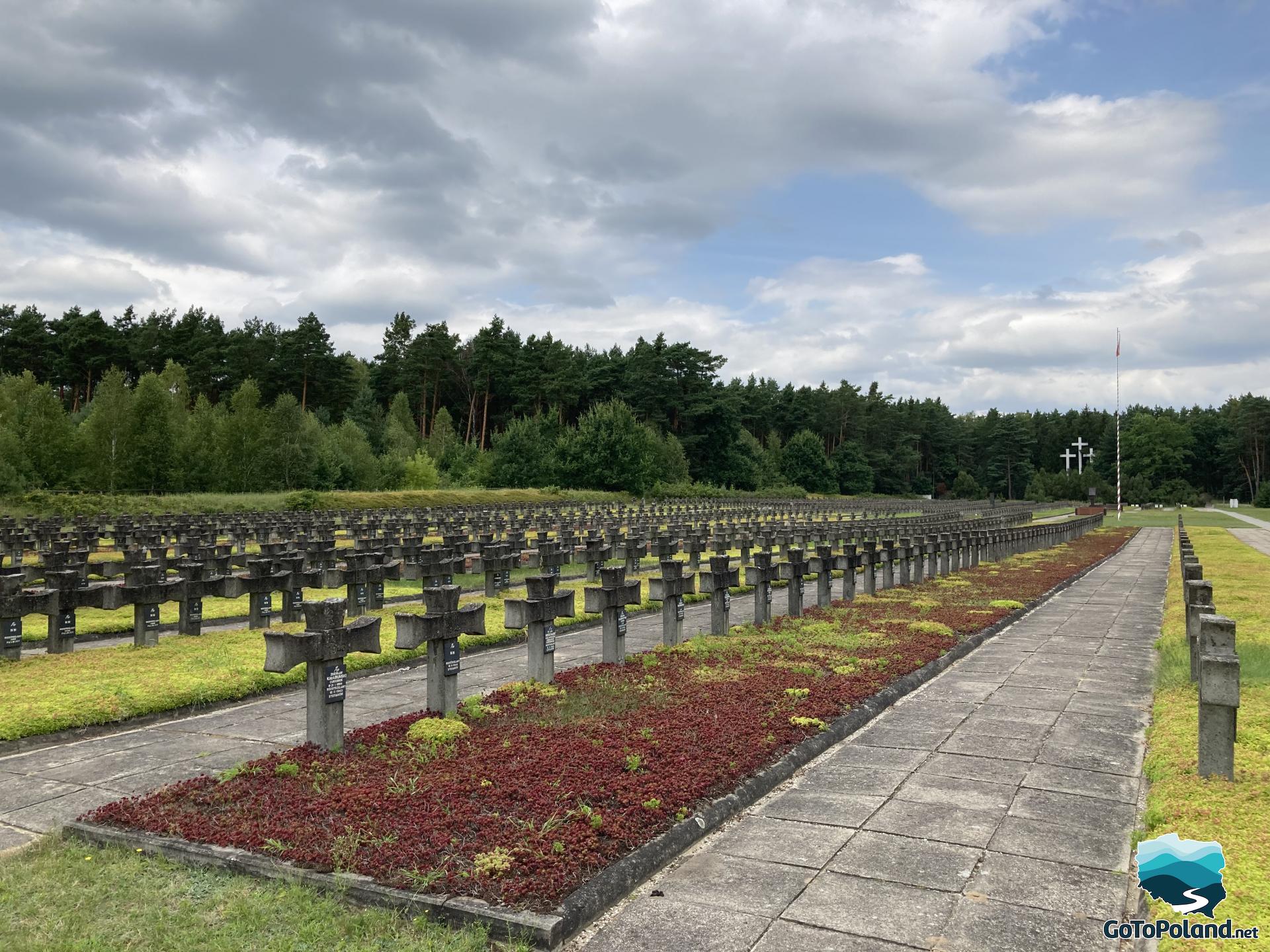
The dates on the crosses clearly indicate the date of execution. NN means Unknown
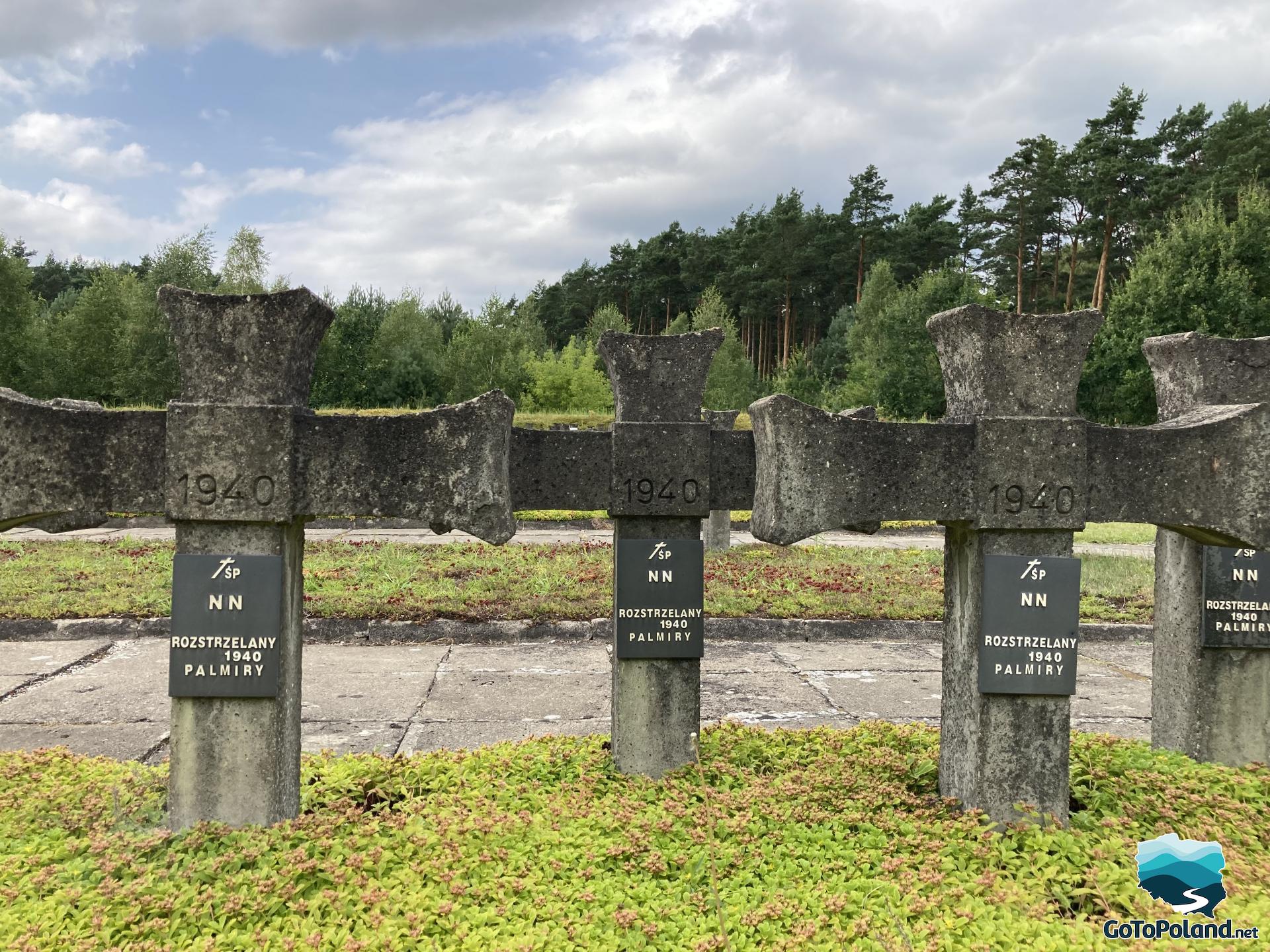
These are the prisoner's words. Here is written “It is easy to talk about Poland, harder to work for it, even harder to die for it, but the hardest thing is to suffer for it”
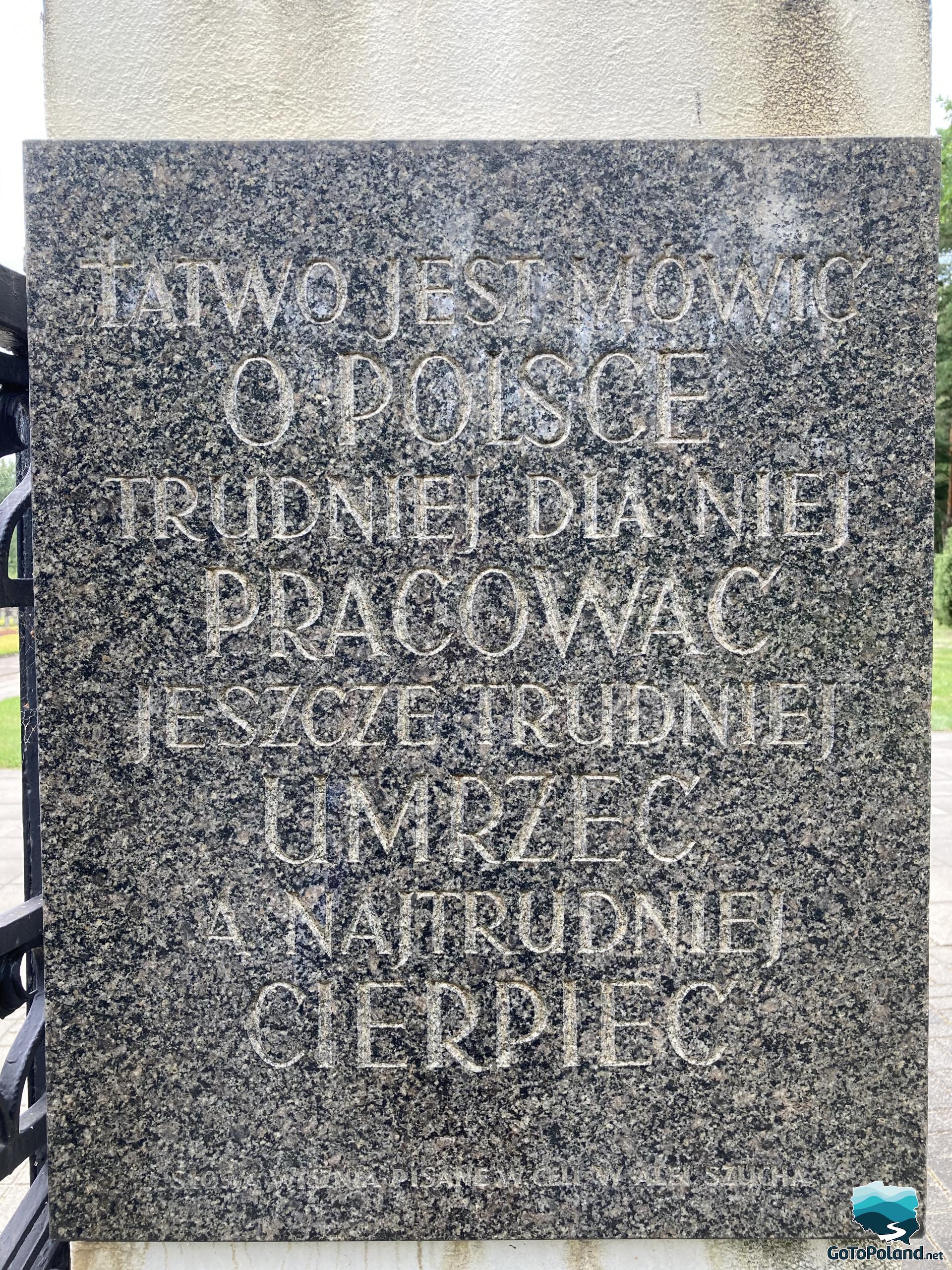
Agnieszka Dowbor Muśnicka was the daughter of a famous Polish general
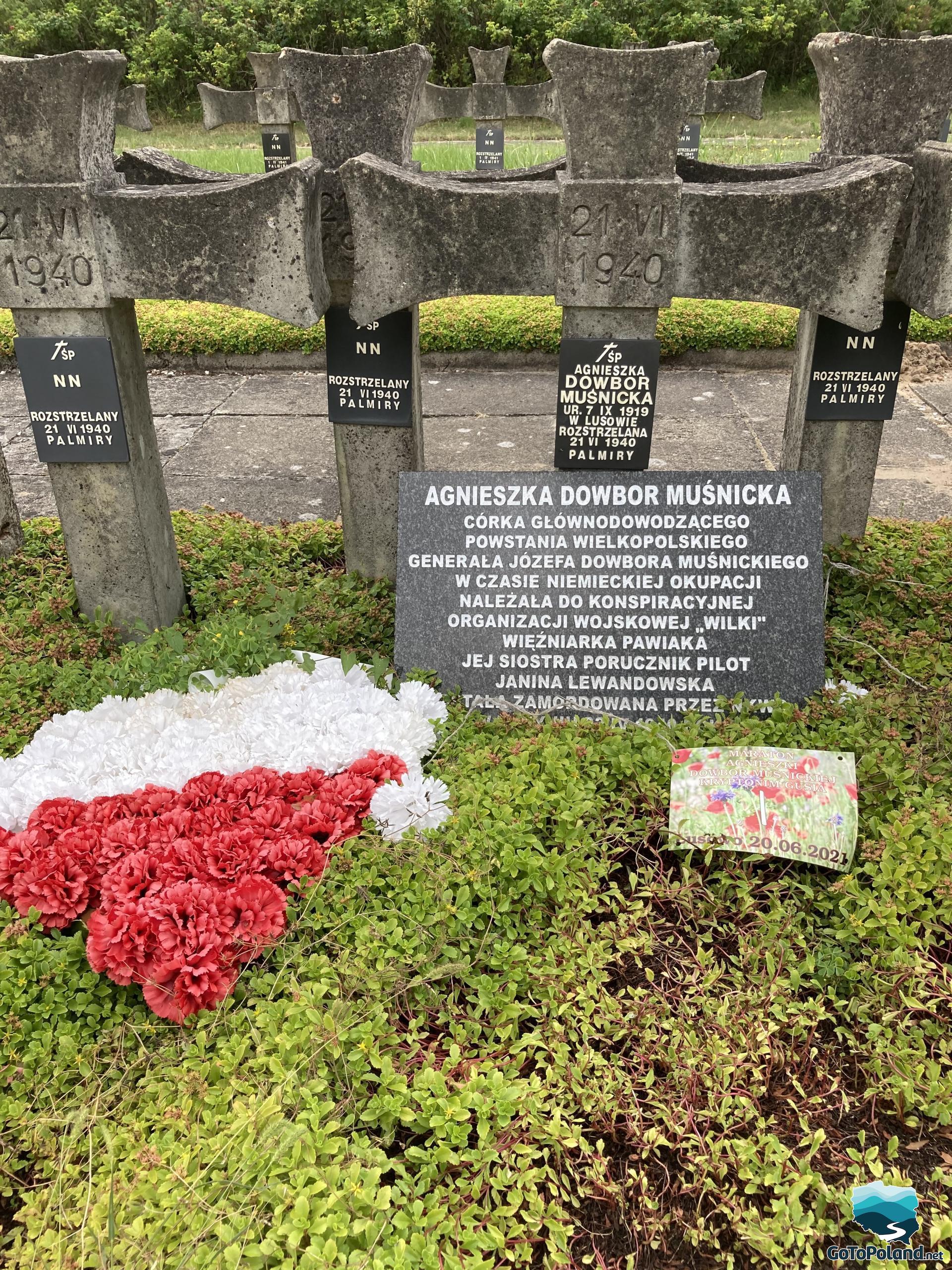
We wanted to pay our respect to all those who died
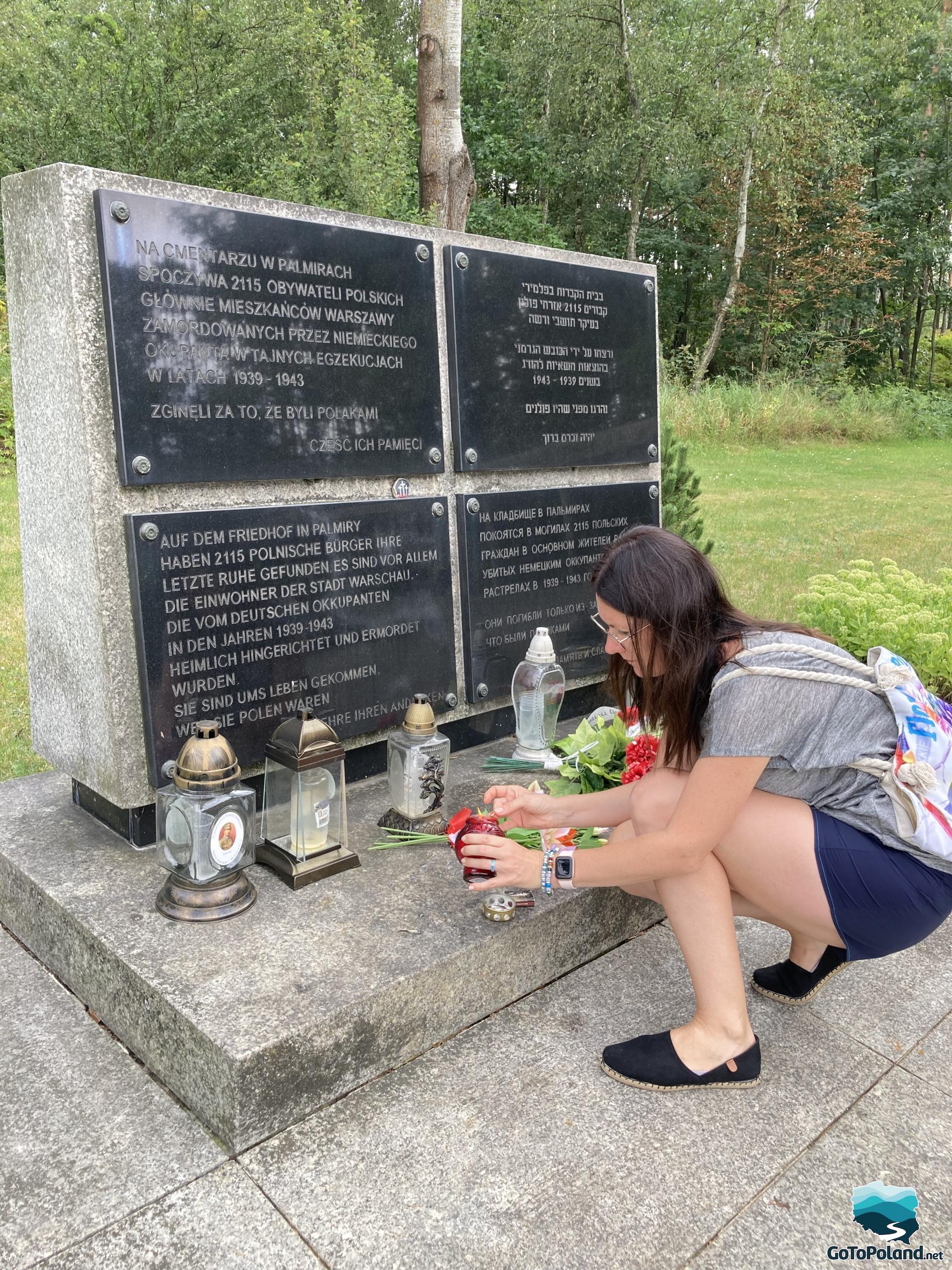
Maciej Rataj was the Marshal of the polish parliament
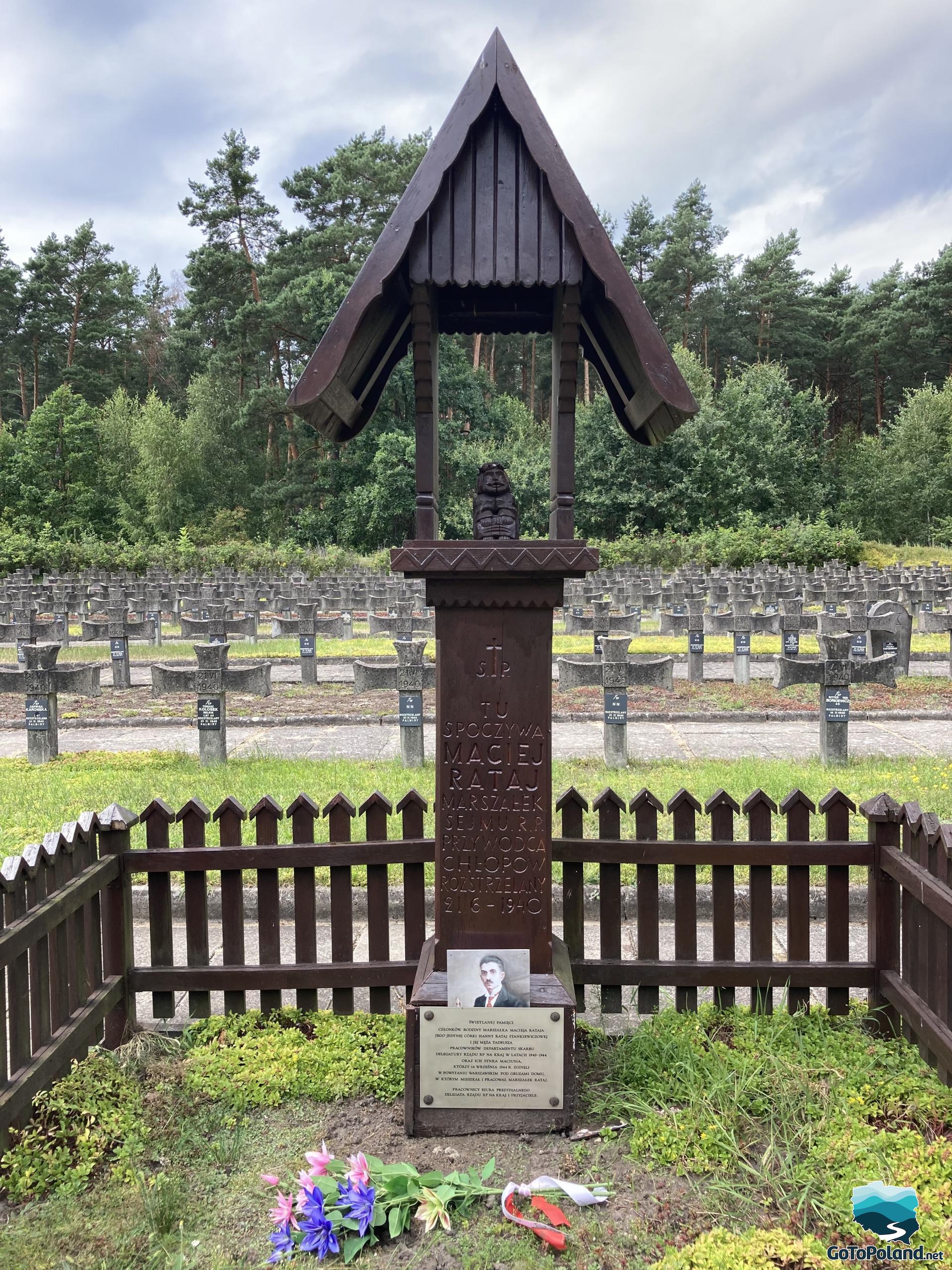
In a small museum you can get to know a lot of valuable information and shocking messages left by the murdered
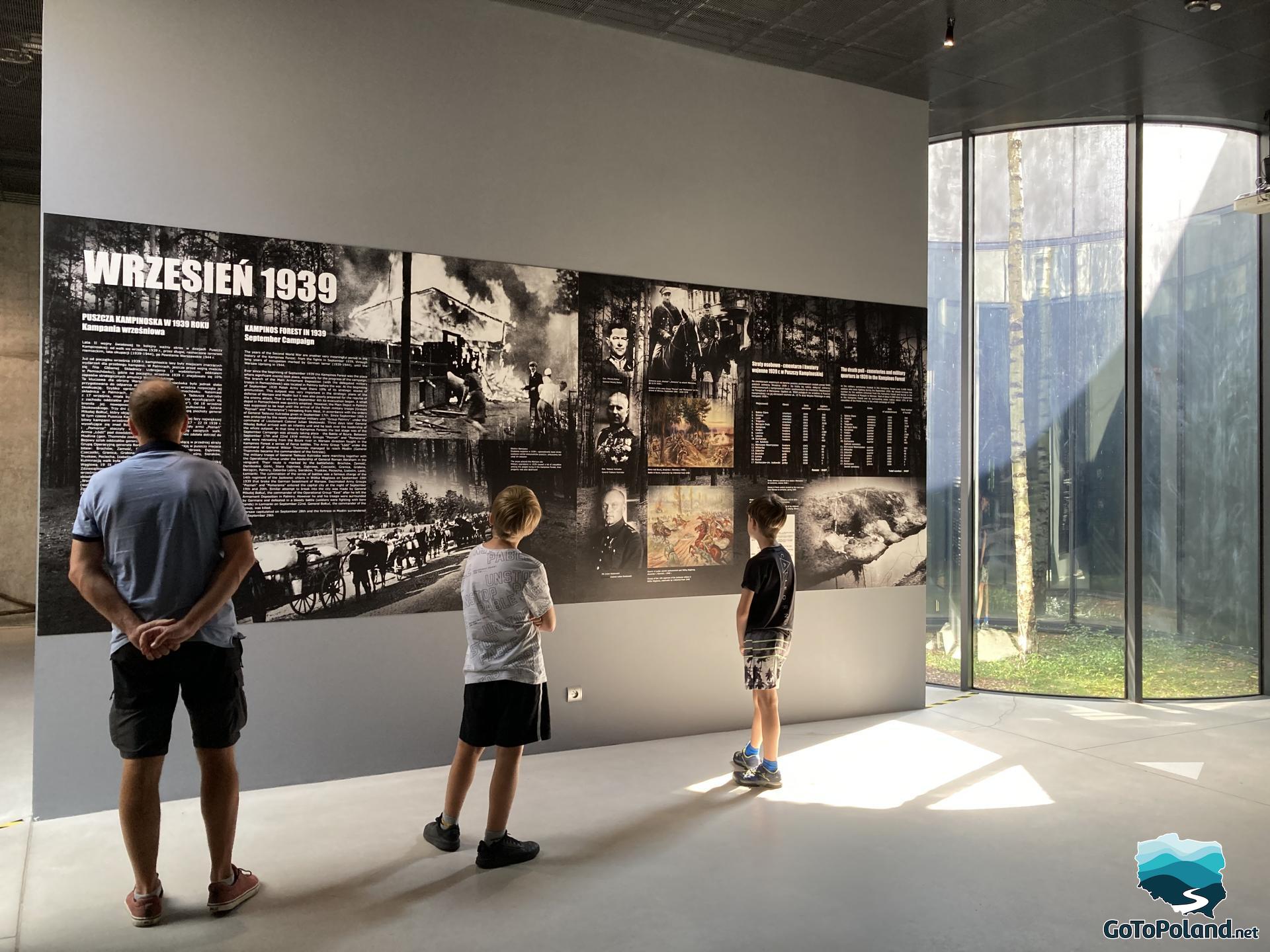
Here are secret messages written by two brothers and their father, all of them were executed in Palmiry
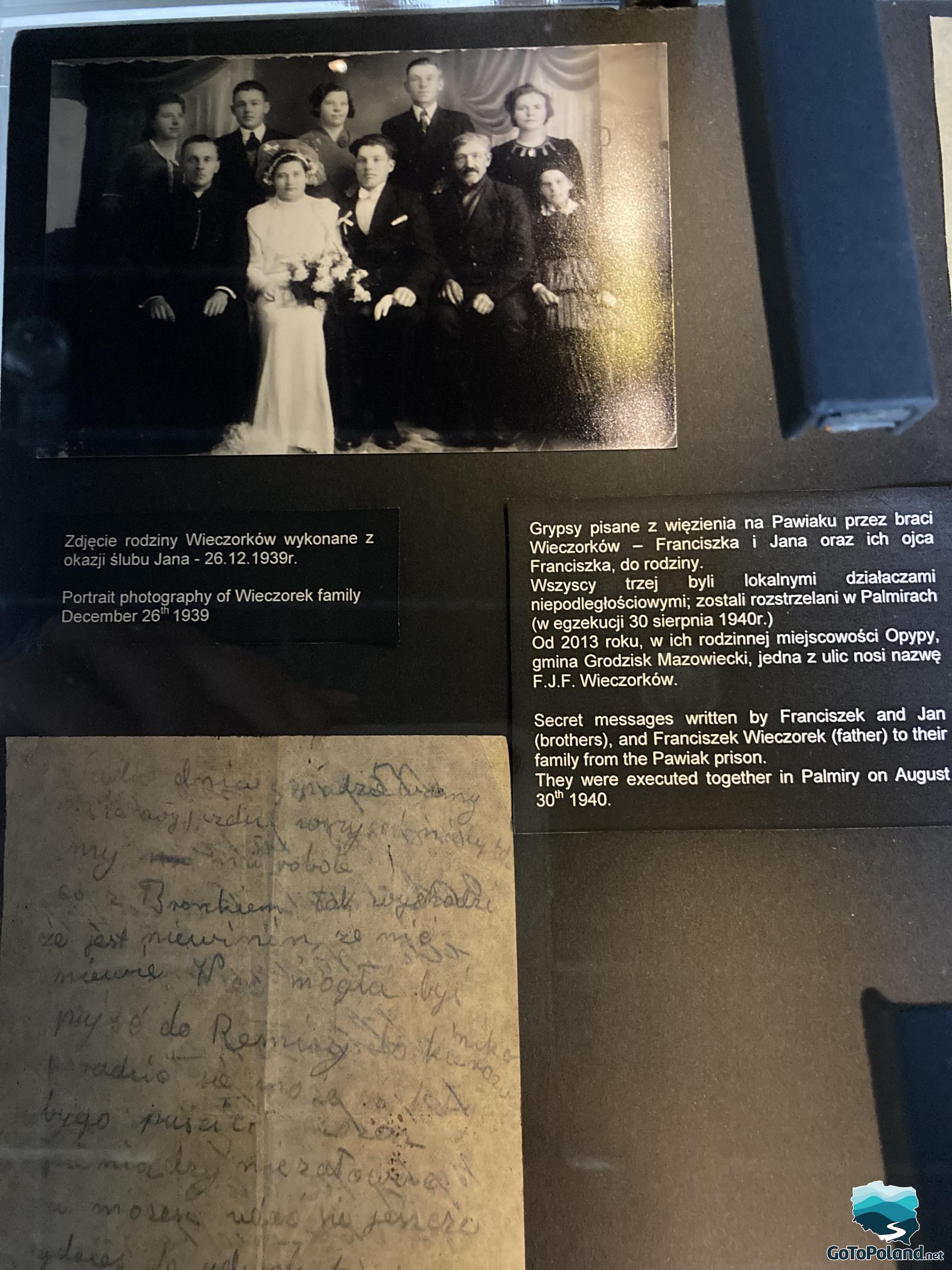
How to get to Museum-Memorial Palmiry?

